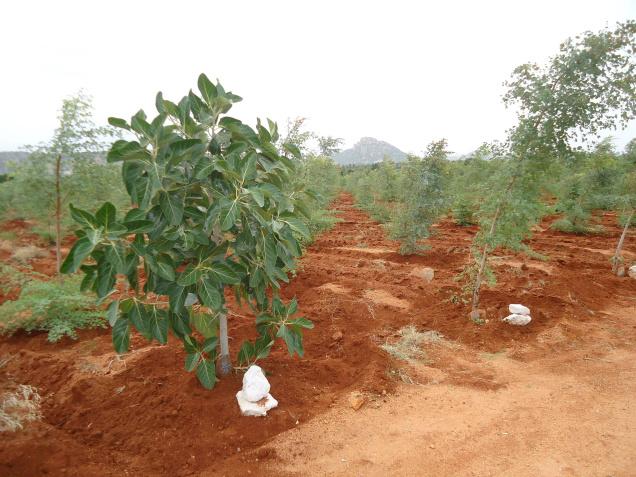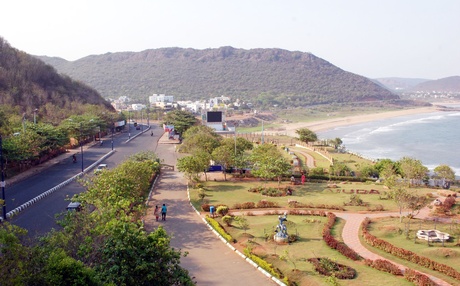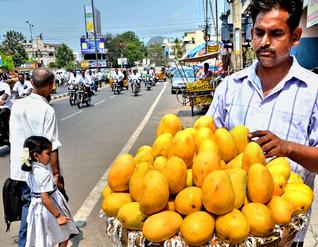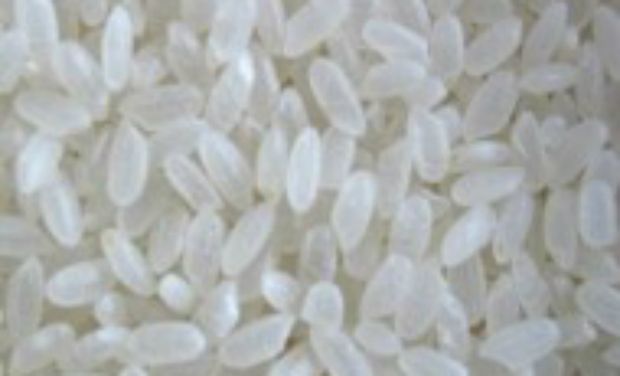
More than 300 hectares of green forest developed in Kalyandurgam, Kadiri and Penukonda forest ranges
For the first time ever in the history of Anantapur district, arguably, the Forest Department has achieved 100 per cent survival rates in most of the plantations it undertook in the last three years, thanks to the novel methods used along with a good dose of common sense.
The Anantapur district today boasts of more than 300 hectares of green forest in Kalyandurgam, Kadiri and Penukonda forest ranges, at least in terms of greenery through trees and not necessarily shrubs, thanks to the concerted efforts of the forest department.
Speaking to The Hindu, the District Forest Officer (DFO) of Anantapur T.V. Subba Reddy said the results were a progression of an experiment held two years ago by him and his team within the department which led to the current state.
“We started off by identifying the reasons behind consecutive failures in afforestation ventures earlier. And the reason turned out to be lack of water and usage of exotic species in most cases and consequent lack of plant growth,” said Mr. Reddy moving over to how the issue was dealt with.
Starting off with a decision to have pits measuring one cubic metre dug next to the plants to ensure that every drop of water was used in a situation of very low rainfall, Mr. Reddy said adding that we also decided to use plants which were already 1.5 metre tall so that survival was only a latent question for the plant with established roots and decent availability of water in the vicinity.
“Usage of indigenous trees like Neem (Azadiracta Indica), Banyan and Peepal besides Holeptilia, a non-browsable species, has meant both 100 plant survival and lowered maintenance costs,” said Mr. Reddy. The department has decided to implement afforestation plantation in more than 500 hectares this year, provided sufficient funds, he said.
When questioned if the earth work needed for this kind of plantation did not mean enhanced cost per hectare vis-à-vis the traditional method of plantation, he said while the traditional model works out to Rs. 75,000 per hectare – the cost is for plantation and maintenance costs per hectare for three years – with less than 50 per cent survival rate, it costs Rs. 60,000 for a similar period with 100 per cent survival rate.
“And the most important factor in afforestation plantations in the district like Anantapur, which is on the verge of desertification, is ensuring green cover and not the costs being incurred for it,” he says.
Meanwhile, the inclusion of selected exotic species in the plantations – Hardwickia Binata, a hard wood species native to Latin America and Seema Ruba Glauca, a non-browsable and fast growing dry weather species which can withstand very long dry spells besides producing edible oil – has also meant success for the Forest Department.
source: http://www.thehindu.com / The Hindu / Home> News> National> Andhra Pradesh / by Staff Reporter / Anantapur, April 06th, 2013






